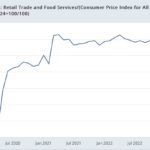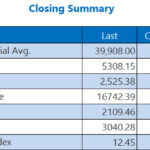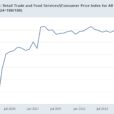

Odds are you’re going to be seeing a LOT of your family of the next week (and possibly month), and the discuss of retirement planning may come up in one of those many discussions. One of the main things that family and friend like to ask me about are ETFs — a simple and effective way to get into the stock market without the glaring fees and pricing matters that come along with mutual funds.
But even you have the ability to explain ETFs not only to your family this Thanksgiving but quite frankly to anyone — they’re that simple. Below is a “script” to get you started. (The last part is especially important).
Here’s how to brace the topic of ETFs with anyone who is a newbie to the concept:
Anyone: Hey, You! I keep reading about ETFs. What are they?
You: ETFs are funds that provide diversified investment exposure to a particular market segment or strategy. For example, an ETF could invest in U.S. stocks; another might invest in bonds.
Anyone: What can use them for?
You: You can use them to build your portfolio according to your asset allocation.
Anyone: Wait. Can’t I already do that with mutual funds?
You: Yes, absolutely. However, both ETFs and mutual funds can be used together to build broadly diversified investment portfolios.
Anyone: But ETFs cost less than mutual funds, right?
You: Well, sort of. On average, ETFs have lower expense ratios than mutual funds, but those lower costs mostly reflect the difference between indexing and active management.
Anyone: So what exactly does that mean?
You: Well, because most index funds typically cost less than actively managed funds, index ETFs and index mutual funds have expense ratios that are lower than those of active ETFs and active mutual funds. It has more to do with indexing than whether or not it’s an ETF. Take a look at this awesome chart; actively managed ETFs have much lower expense ratios than actively managed mutual funds. But overall, more and more ETFs AND mutual funds are becoming passively managed anyway. Therefore the expenses are much lower with passive funds/ETFs.













